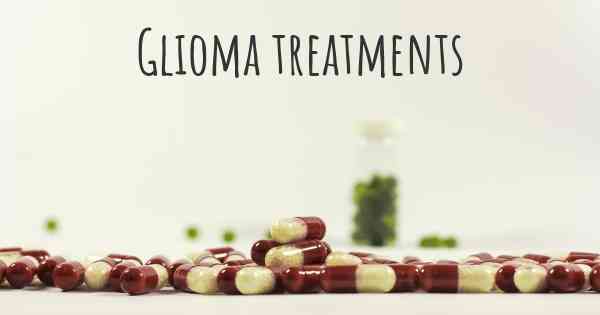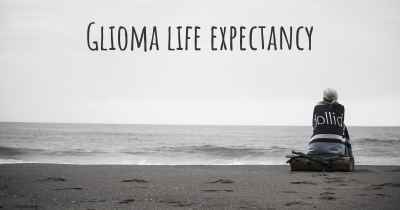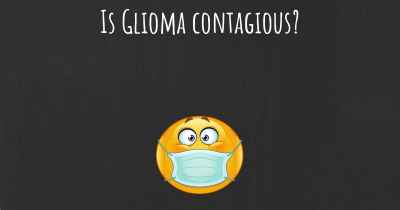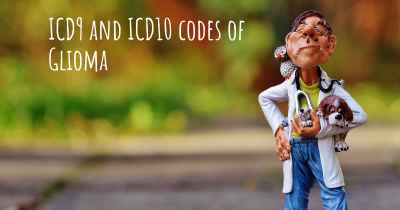What are the best treatments for Glioma?
See the best treatments for Glioma here

Glioma is a type of brain tumor that originates in the glial cells, which are the supportive cells of the central nervous system. It is a serious and often aggressive form of cancer that requires prompt and effective treatment. The choice of treatment for glioma depends on various factors such as the tumor's location, size, grade, and the patient's overall health. Here are some of the best treatments for glioma:
Surgery
Surgery is often the first line of treatment for glioma. The goal of surgery is to remove as much of the tumor as possible without causing damage to the surrounding healthy brain tissue. The extent of surgical resection depends on the tumor's location and grade. In some cases, complete removal may not be possible due to the tumor's proximity to critical brain structures. However, even partial removal can help relieve symptoms and improve the effectiveness of other treatments.
Radiation Therapy
Radiation therapy uses high-energy beams to kill cancer cells and shrink tumors. It is commonly used after surgery to target any remaining cancer cells that couldn't be removed. Radiation therapy can also be used as the primary treatment for gliomas that are inoperable or for patients who are not suitable candidates for surgery. The treatment is usually delivered over several weeks, with each session lasting only a few minutes. Advanced techniques such as intensity-modulated radiation therapy (IMRT) and stereotactic radiosurgery (SRS) allow for precise targeting of the tumor while minimizing damage to healthy tissue.
Chemotherapy
Chemotherapy involves the use of drugs to kill cancer cells or inhibit their growth. It can be administered orally or intravenously, and it is often used in combination with surgery and radiation therapy. The choice of chemotherapy drugs depends on the type and grade of glioma. Temozolomide is a commonly used chemotherapy drug for gliomas and has shown effectiveness in improving survival rates. However, chemotherapy can have side effects such as nausea, hair loss, and increased susceptibility to infections. The treatment is usually given in cycles, allowing the body time to recover between doses.
Targeted Therapy
Targeted therapy is a newer approach that focuses on specific genetic mutations or molecular changes within cancer cells. It aims to disrupt the signals that promote tumor growth and survival. For example, bevacizumab is a targeted therapy drug that inhibits the formation of new blood vessels within the tumor, thereby cutting off its blood supply. Targeted therapy can be used alone or in combination with other treatments, and it is often recommended for recurrent or progressive gliomas.
Immunotherapy
Immunotherapy is a promising treatment option that harnesses the body's immune system to fight cancer cells. It works by stimulating the immune system or by introducing immune cells or antibodies into the body. For gliomas, immune checkpoint inhibitors such as pembrolizumab and nivolumab have shown potential in clinical trials. These drugs help remove the "brakes" on the immune system, allowing it to recognize and attack cancer cells more effectively. Immunotherapy is still being studied extensively, and its long-term effectiveness and safety are yet to be fully determined.
Clinical Trials
Clinical trials are research studies that test new treatments or combinations of treatments to evaluate their effectiveness and safety. Participating in a clinical trial can provide access to innovative therapies that are not yet widely available. It is important to discuss the potential benefits and risks of clinical trials with healthcare professionals to make an informed decision.
It is worth noting that the treatment of glioma requires a multidisciplinary approach involving neurosurgeons, radiation oncologists, medical oncologists, and other healthcare professionals. The choice of treatment should be personalized based on the individual patient's condition and preferences. Additionally, supportive care such as pain management, physical therapy, and counseling play a crucial role in improving the quality of life for glioma patients.
Posted Mar 11, 2017 by Claudia 500








